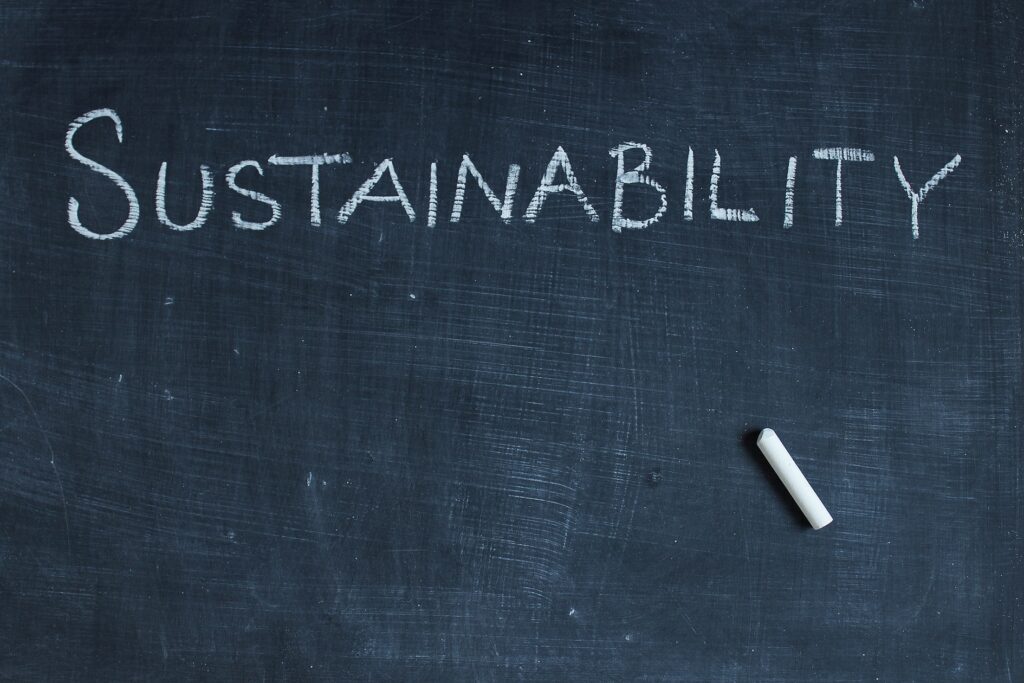|
Getting your Trinity Audio player ready...
|
In an era where sustainability and responsible investing are gaining prominence, individuals and institutions are seeking opportunities that align with environmental, social, and governance (ESG) principles. Silver, a precious metal with a rich history in various industries, is emerging as a sustainable investment option. This blog dives into the eco-friendly aspects of investing in silver, exploring its role in a sustainable future.
I. The Green Side of Silver Mining

A. Sustainable Mining Practices
The traditional image of mining often involves environmental degradation and exploitation. However, silver mining has seen significant advancements in adopting eco-friendly practices. Many mining companies are embracing sustainable methods, such as:
- Responsible Sourcing: Companies are increasingly committed to sourcing silver responsibly, ensuring that their supply chains adhere to ethical and environmental standards. This involves tracing the metal’s origin and confirming that it meets sustainability criteria.
- Energy Efficiency: Mining operations are adopting energy-efficient technologies and renewable energy sources to reduce their carbon footprint. From solar-powered facilities to utilizing advanced extraction methods, silver mining is becoming more environmentally friendly.
- Water Conservation: Silver mining has historically been associated with high water usage. Modern mining operations, however, are implementing water conservation measures, including recycling and reusing water, to mitigate environmental impact.
B. Rehabilitation and Restoration
Mining, by nature, disturbs ecosystems. To counteract this impact, responsible mining companies are investing in rehabilitation and restoration projects. This involves restoring landscapes affected by mining activities and supporting biodiversity in the surrounding areas.
II. Silver’s Role in Sustainable Technologies

A. Photovoltaic Cells
One of the most significant contributions of silver to sustainability lies in its use in photovoltaic cells for solar panels. Silver is an excellent conductor of electricity, making it a crucial component in the production of solar panels. As the world shifts towards renewable energy, the demand for solar technology increases, emphasizing the role of silver in fostering sustainability.
- Energy Independence: Solar energy is a clean and renewable source that reduces dependence on fossil fuels. The incorporation of silver into solar panels enhances their efficiency, making solar energy more viable as a primary energy source.
- Reduced Carbon Footprint: By promoting solar energy production, silver indirectly contributes to reducing carbon emissions, a key factor in combating climate change. Investing in silver thus aligns with the global effort to transition towards a low-carbon economy.
B. Electric Vehicles
The automotive industry is undergoing a profound transformation with the rise of electric vehicles (EVs). Silver plays a vital role in this shift, contributing to the development of eco-friendly transportation solutions.
- Silver in Batteries: Silver is a key component in electric vehicle batteries, enhancing conductivity and durability. As the demand for EVs grows, so does the demand for silver, making it an attractive investment for those interested in supporting sustainable mobility solutions.
- Cleaner Air Quality: The adoption of electric vehicles reduces air pollution and greenhouse gas emissions. Silver’s role in this transition positions it as a metal that not only holds economic value but also contributes to a cleaner environment.
III. Recycling and Circular Economy

A. End-of-Life Electronics
The ubiquity of silver in various electronic devices, from smartphones to laptops, creates an opportunity for recycling and promoting a circular economy. Recovering silver from electronic waste (e-waste) reduces the need for new mining and minimizes environmental impact.
- Economic Benefits of Recycling: Recycling silver from discarded electronics not only conserves precious resources but also provides economic benefits. Silver recycling contributes to a more sustainable supply chain and reduces the environmental burden associated with mining.
- Waste Reduction: E-waste is a growing concern globally. By extracting silver from old electronics, we not only recover a valuable resource but also minimize the environmental hazards associated with improper disposal of electronic devices.
B. Silver’s Long-Term Recyclability
Silver stands out among precious metals due to its high recyclability. Unlike some materials that degrade during the recycling process, silver retains its quality, making it an excellent candidate for a sustainable, closed-loop system.
- Reduced Environmental Impact: The ability to recycle silver repeatedly without compromising its properties contributes to a more sustainable and eco-friendly investment option. Support for this aspect of silver is found by promoting recycling initiatives and responsible disposal of electronic devices.
IV. The Ethical Dimension: Social Responsibility in Silver Investment

A. Fair Labor Practices
Investors interested in sustainable options should consider not only the environmental impact but also the social responsibility of the industries they support. Ethical silver mining involves ensuring fair labor practices, respecting the rights of workers, and fostering a safe and inclusive working environment.
- Certifications and Standards: Various certifications and standards, such as the Responsible Jewellery Council (RJC) and Fairtrade Gold, have emerged to verify ethical mining practices. Investors can seek out silver from sources that adhere to these standards, promoting social responsibility in their investment choices.
- Community Engagement: Ethical silver mining involves engaging with local communities, respecting their rights, and contributing to their well-being. Sustainable investment in silver includes supporting companies that prioritize positive social impacts and community development.
B. Transparency and Accountability
Sustainable investing is closely tied to transparency and accountability. Investors should seek companies that are transparent about their operations, supply chains, and environmental and social impact. This transparency fosters trust and ensures that investors are aligning their values with the companies they support.
- Corporate Social Responsibility (CSR): Companies engaged in silver mining can demonstrate their commitment to sustainability through robust CSR initiatives. These initiatives may include community development projects, environmental conservation efforts, and adherence to ethical business practices.
- Stakeholder Engagement: Companies that actively engage with stakeholders, including investors, communities, and environmental organizations, demonstrate a commitment to responsible and sustainable practices. This engagement allows investors to have a voice in the company’s decision-making processes, promoting transparency and accountability.
V. Potential Challenges and Considerations

While silver presents itself as a promising sustainable investment, it is essential for investors to be aware of potential challenges and considerations:
A. Volatility in Prices
Like any commodity, the price of silver can be volatile. Investors should be prepared for fluctuations in the silver market and consider a diversified portfolio to manage risk.
B. Market Demand
The demand for silver is influenced by various industries, including technology, automotive, and jewelry. Changes in these sectors can impact silver prices, and investors should stay informed about market trends. It’s important to also be aware of changes in the economy, or decisions made by the Federal Reserve.
C. Regulatory Changes
The mining industry is subject to evolving regulations related to environmental standards, labor practices, and ethical sourcing. Investors should monitor regulatory changes that may affect the sustainability practices of silver mining companies.
Conclusion
Silver’s journey from a coveted metal for jewelry and currency to a key player in sustainable technologies reflects the evolving landscape of responsible investing. As individuals and institutions increasingly prioritize environmental, social, and governance considerations, silver emerges as an eco-friendly investment option.
By investing in silver, individuals not only contribute to the growth of an essential commodity but also support industries that are adopting sustainable practices. From responsible mining methods to the role of silver in renewable energy and electric vehicles, this precious metal is intricately linked to a greener and more sustainable future.
As investors navigate the complex landscape of sustainable investing, silver stands out as a multifaceted option that aligns with both financial goals and ethical values. By exploring the eco-friendly aspects of silver investment, individuals can make informed decisions that resonate with their commitment to a sustainable and responsible financial future.
Free 1-on-1 Precious Metals Consultation








